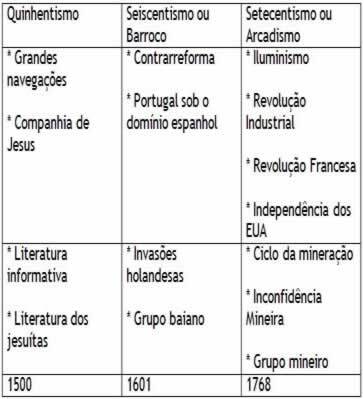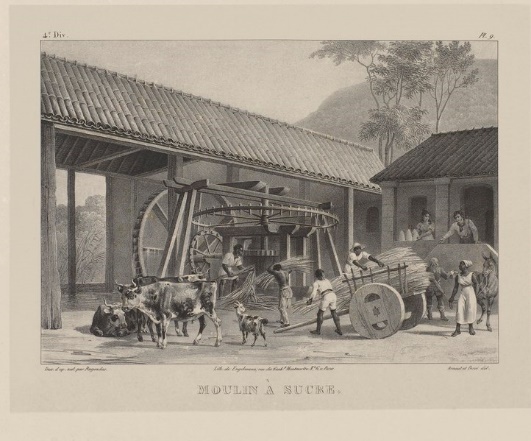In literature, the verse represents the line of the poem while the stanza is the name given to the set of verses.
The refrain or refrain are the verses that are repeated at the end of the stanzas. At rhymes they are effects produced by poetry through the sound approximation between words or expressions.
Verse and Types of Verses
the verse, from latin versus, which means “line of writing”, is the name given to the lines that make up a poem.
In such a way, poetry is formed by a number of verses, with or without rhymes, which are grouped in stanzas.
According to the separation of poetic or metric syllables (scansion), the back is classified into:
- Monosyllable: a poetic syllable
- disyllable: two poetic syllables
- trisyllable: three poetic syllables
- Tetrasyllable: four poetic syllables
- pentasyllable or Small roundel: five poetic syllables
- hexasyllable: six poetic syllables
- heptasyllable or Bigger round: seven poetic syllables
- octosyllable: eight poetic syllables
- Eneasyllable: nine poetic syllables
- decasyllable: ten poetic syllables
- hendecasyllable: eleven poetic syllables
- dodecasyllable or Alexandrino: twelve poetic syllables
- Barbarian Verse: verse with more than twelve poetic syllables
To better understand the structure of the verses, see also:
Metrification
Versification
Rhyme and Rhyme Types
The rhyme is a literary resource that designates the sound approximation between two words that make up the verse, offering more musicality to the poetry.
The verses that do not have rhymes are called white verses. According to the type of rhyme used, they are classified into:
- Alternate: are formed between even verses and odd verses.
- opposite: appear between the first and fourth verse, and between the second and third verse.
- paired: occur between the first and second verse, and between the third and fourth verse.
- Internal: appear inside the verses.
Stanza and Types of Stanzas
The stanza represents the union of verses that make up the poems and, according to their structure, they are classified as:
- monastic: 1-verse stanza
- couplet: 2 verse stanza
- Triplet: 3-verse stanza
- Quartet or Block: 4 verse stanza
- Quintille: 5 verse stanza
- sextile: 6 verse stanza
- septile: seven-verse stanza
- eighth: 8-verse stanza
- ninth: 9 verse stanza
- tenth: 10 verse stanza
- Irregulars: stanza with more than 10 verses.
Examples
First of all, it is worth remembering that there are poetic texts that have a fixed form, that is, they are composed of the same number of verses and stanzas.
To better understand this concept, look at the examples below:
the haiku
Wash, drip, shake
the sand. And finally, in the drum,
is a nugget.(Guilherme de Almeida)
All said,
nothing done,
I look and lie down.(Paul Leminski)
O haiku is a short poetry of Japanese origin that features three lines and a stanza, called a monóstico.
Sonnet by Luiz Vaz de Camões
Love is fire that burns without being seen;
It's a wound that hurts and doesn't feel;
It is discontented contentment;
It's pain that freaks out without hurting;It is not wanting more than wanting;
It's lonely walking among us;
It is not being content with content;
It is a care that is gained by getting lost;It's wanting to be trapped by will;
It's to serve the winner, the winner
Have someone kill us, loyalty.But how can your favor
in human hearts friendship
If so contrary to itself is the same love?
O Sonnet it is a fixed form composed of 14 verses and 4 stanzas (two quartets, stanza made up of four verses each, and two triplets, stanza made up of three lines each).
Popular Trovas
“To love and not be jealous,
this is not wanting well;
who does not care for the good he loves,
he has very little love for him."“The ring you gave me
it was glass and it broke;
the love you had for me
it was little and it's over.”
THE trova, also called “quadra” or “quadrinha”, is a poem of four lines that together form a stanza.
To complement your knowledge of the subject, see also:
- What is Verse?
- What are Free Verses?
- fixed form poems



